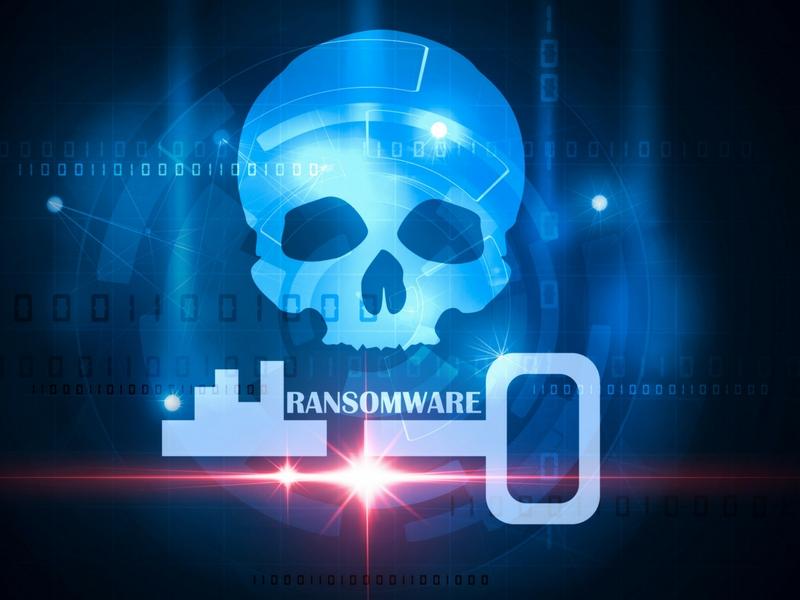
Why Ransomware poses such a threat for SMEs

Ransomware attacks have become an increasing trend worldwide over the past two years. Just six months ago, for example, a ransomware called "Wannacry" stormed the entire web wrecking most damages in Europe. The ways in which any individual can be affected by this kind of virus are multiple: through email attachments, malicious links, a compromised ad or an exploit kits. Exploit kits act as true Trojan horses by searching for any weakness or entry point in a computer (usually old or not updated software) to install the ransomware. In most cases, this happens with the users being completely unaware.
What exactly is ransomware?
This is a perfectly designed piece of malware that aims at depriving the victim of access to his files with the only way out payment of a ransom. Once the virus is inside the computer, it can easily spread over a network making impossible to run normal operations and duties. There are two popular types of ransomware:
• Encrypting ransomware: this includes sophisticated encryption algorithms meant to block system files. The victim is asked for payment to obtain the key to decrypt the blocked content.
• Locker ransomware: this locks the victim out of the operating system making access to file or documents impossible. In this case, the files are not encrypted but the victim is still asked for payment to unlock the infected computer.
How can i recognize ransomware?
Ransomware has some unique key-features that set it apart from other kinds of malware:
• It can encrypt all types of files on a computer
• It displays images or messages that let users know their data have been encrypted and that they have to pay to get them back.
• It can spread to other PCs connected to the same network, causing even greater damage.
• It usually demands Bitcoin payment, as this kind of currency is difficult to track down by cybersecurity or law enforcement agencies.
• It can shuffle all the files in a computer, a trick used to confuse victims and oblige them to make payment.
• It sets strict deadline for the payment. This feature puts psychological pressure on the victims as going beyond the time-limit means that the data will be destroyed, or the ransom will skyrocket.
• It's geographically targeted. The ransom note is often translated
How Cyberwatching.eu can help you
The role of Cyberwatching.eu is to contribute to make the Online & Digital market a safer place. Through Cyberwatching.eu you can access valuable documents to gain a firmer grasp of the legal framework involved and improved understanding of the conflicts of interpretation. Finally, anyone that is the victim of a cyber-attack can rely on the guidance of ICT Legal.
News
On the event of the adoption of the draft regulation laying down measures for a high common level of cybersecurity at the institutions, bodies, offices and agencies of the Union, the AI4HealthSec project kicked off a process to provide its opinion.
Resources for EU Research
Resources for SMEs
News & Events
Reports
Cyberwatching.eu has received funding from the European Union’s Horizon 2020 research and innovation programme under grant agreement No 740129. The content of this website does not represent the opinion of the European Commission, and the European Commission is not responsible for any use that might be made of such content. Privacy Policy | Disclaimer / Terms and Conditions of Use
